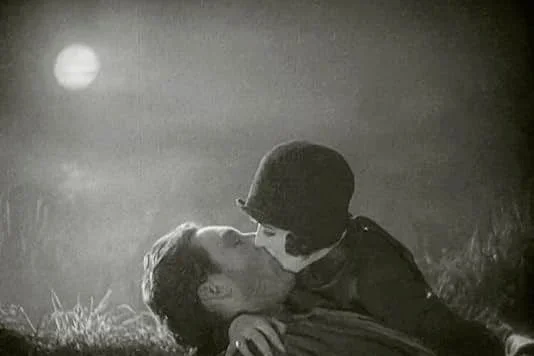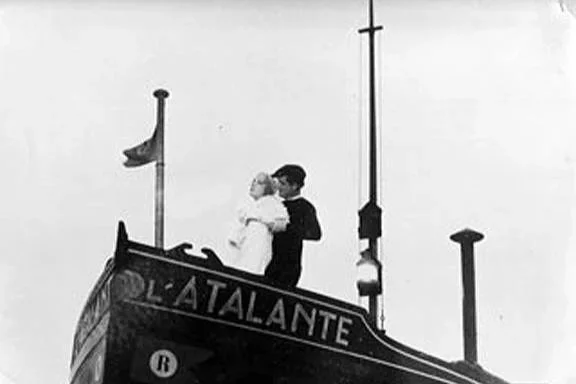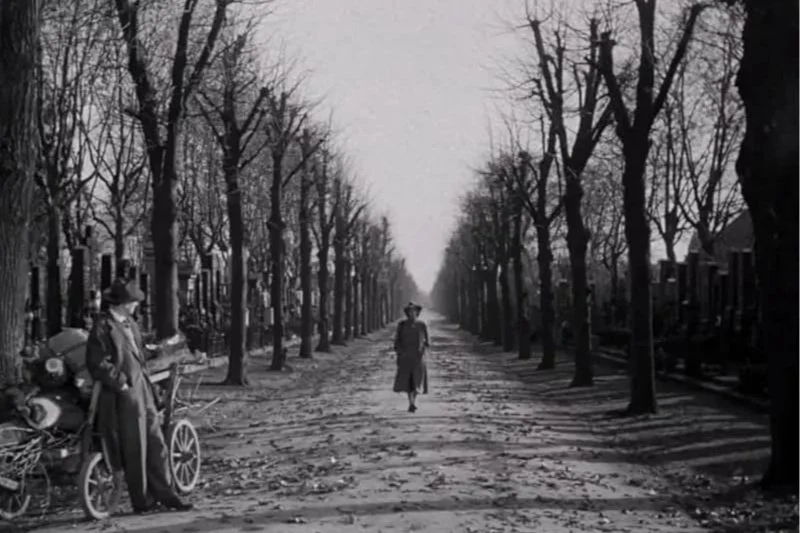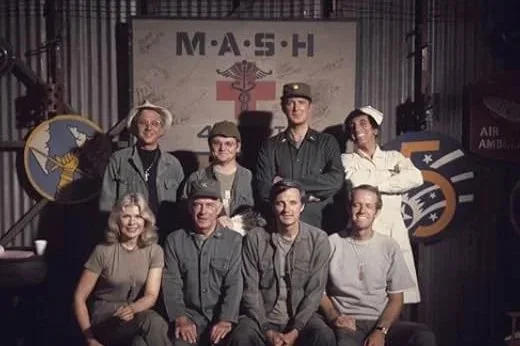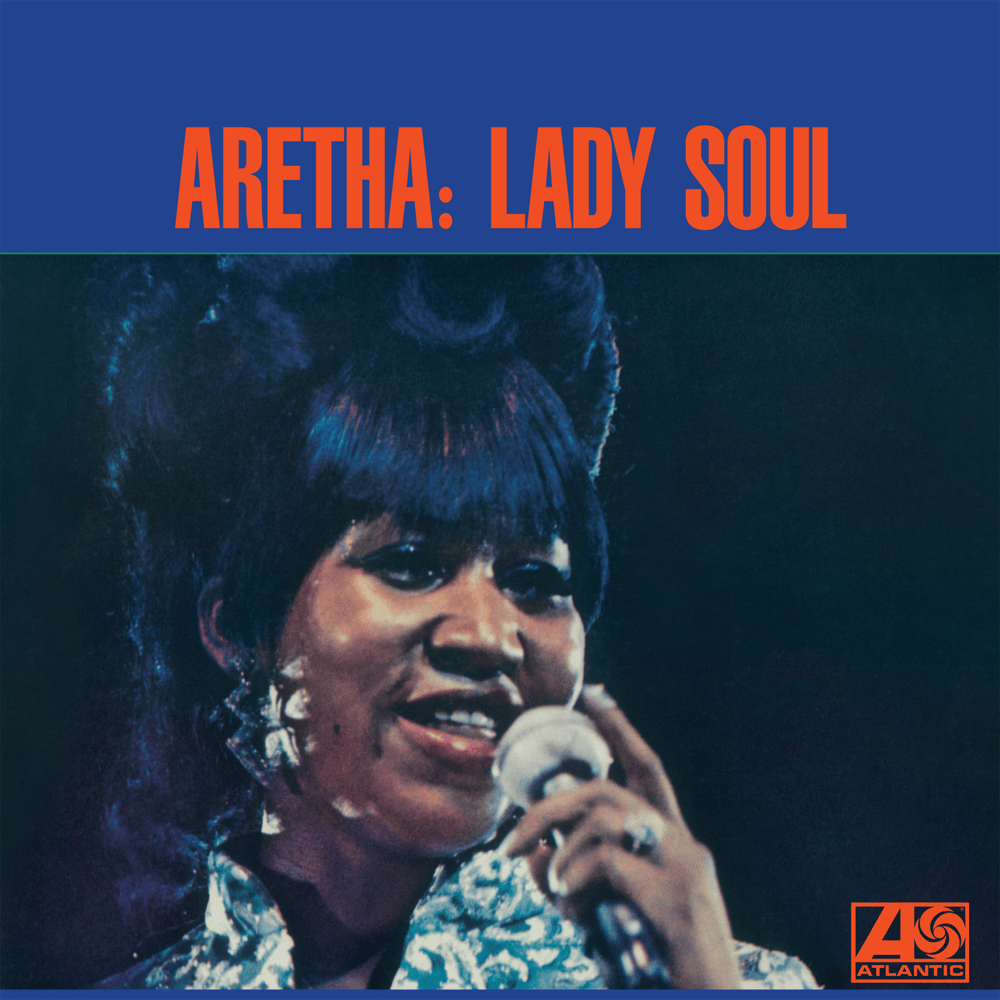A history of references.
— Below, I’ve got an eight-pack of projects that can be references for the series. They’re not one-to-one comparisons, but rather each film or series has general qualities that we’d like to try to have in So Far Bound. There’s one rule, though - no references below are after 1980, which is more or less contemporary times. We’ll go back further to projects in which a little imagination is needed to consider what they’d be like if done in the modern day. Also, older films and series are becoming so lost that I just want to shout out some things I hope people might see. — Let’s do it:
1920s: “Sunrise”
— I know, silent films are tough. I love an old movie, but even I struggle with a silent one. There are a few, though, that grab you and keep that phone at bay. Enter Sunrise, about a love triangle in the countryside. The thing I most like about Sunrise is the pure forms of passion and humanity in it. First it’s lust, then it’s love; next, it’s loss before ending on life. At all times, in all the ways the displays of passion are simple and stripped, made possible by the inherent focus on physical actions (and faces) in silent films. … Also, Sunrise is just real pretty. We take creative camera and editing work for granted now, but 100 years ago(!), when this came out, it must have been quite the spectacle.
1930s: “L’Atalante”
— Directed by Jean Vigo, about newlyweds who set out on the Seine River in a houseboat. First, let me say that my man Jean, I think, could have been the GOAT. He made two films: Zero de Conduite in 1933 and then L’Atalante the next year, in which he died at 29 years old. The movies are exceptional and one can only dream of the heights awaiting. … I don’t have the right word to describe L’Atalante but the best word I do have is vibrancy. Even through its themes of cynicism and scenes of despair, there’s always something so luminous about the movie, achieved by its poetic shots and natural-feeling cinematography, sure, but mostly by its weary but still spirited characters.
1930s: “Stagecoach”
— Hang with me. I know we’re getting outside the box here, but there’s a few qualities prevalent in most westerns that are also baked into Bound. First, there’s that sense of adventure inherent in westerns, especially the golden age ones. There’s also outlaws and posses and always a bit of edge from the fledgling, volatile times. In Bound, no one’s on the run, per say, but they were happy to get out of their town, and when the setting in Bound becomes tense, that edge or recklessness in most westerns may be layered in. But just like in Stagecoach, it may be played more tongue-in-cheek. … There’s also the obvious in Stagecoach, of individuals movin’ forward - stuck in a box - together.
1940s: “The Third Man”
— Here we find the ol’ fish-out-of-water set up. An American goes to Vienna to visit a childhood friend and encounters a big conspiracy. In Bound, I suppose there’s eight, different fishes-out-of-their-waters. They won’t encounter conspiracies, per say, but they may find themselves in states of disorientation as the place they land in and the people they come up against are, at times, a little off. In Third Man, that slight sense of mania plays throughout, with off-kilter frames and characters who all carry an undercurrent. But all that mood and weightier subject matter within the movie is kept upbeat by the heavy use of the zither, a banjo-like instrument, that lightens the experience.
1950s: “Some Like It Hot”
— Fun fact, the first (non-kids) movie I can remember sitting through is Some Like It Hot. When I was a kid in the ‘90s, we had one television (and thankfully no devices) and when it was my mom’s turn to watch TV, she almost always went to Turner Classic Movies. Ever since, my affinity for Hot and its writer and director, Billy Wilder, grew. He made a lot of classics, but Hot, about two guys who witness a killing and go on the lam, will always be the favorite because above all, you’re just havin’ a blast. It’s the epitome of a fun time but still holds room for moments of sincerity. For Bound, even with its sometimes weightier subjects, I still just want to have a damn, good time first.
1950s: “Summertime”
— Finally some color, huh? Summertime follows a spinster who takes a solo trip to Venice. It’s directed by David Lean, who also directed Lawrence of Arabia, one of my ten, favorite movies. I would love to try to bullshit that movie into a reference for So Far Bound, but I can’t. Summertime, though, is interesting because it’s the last movie Lean makes before directing the epics he’s most known for (Bridge on the River Kwai, Arabia, Doctor Zhivago). Even though Summertime is a smaller, intimate story, you can see Lean starting to play with a grander style of filmmaking which makes the movie feel larger. There’s a sort of majesty and grace throughout, uplifting the otherwise simple story.
1960s: “Fun in Acapulco”
— In the ‘50s and ‘60s, Elvis starred in a dozen movies where he went off to someplace, sang songs and got the girl. The movies - God bless ‘em - ain’t good, but hanging out in Hawaii or Acapulco in technicolor isn’t a bad way to spend some time. What separates movies like Fun in Acapulco from other cool, “destination” movies is that their kind of kitsch but in the best ways. On the one hand, the vibe and the settings in Acapulco are “chic,” but on the other hand they’re like being in a Margaritaville. — Either way, you like being up in there. In Bound, we’ll also work to have some style in place and in person, mixed with some homey sentimentality.
1970s: “MASH”
— Finally a TV series, huh? That is what we’re trying to do here after all. MASH was about a group of American doctors, nurses and crew operating a mobile hospital in Korea during the war. It, too, was about people from one part of the world, living in another, much different part and featured the hi-jinks and tensions that ensue. It was a “sitcom,” but it could also, often, be the opposite of one. The weight of war in the background would lead the show to more serious or sincere plot lines, but even through its moments of meditation - and rebellion - the show always held a firm sense of levity and endearment. … It was something for the times and something against them.
BONUS: “People Get Ready” by Aretha Franklin
— How ‘bout some music? If I had it my way, the whole, damn series would open with a set piece featuring this song from one of the best albums ever. A good picture’s gotta have some soul, ya know? It comes from writing and acting, sure, but also you could just cheat and bring in Aretha to make ya face scrunch and ya knees buckle.
BONUS: “Caramelos” by Tito Puente
— All my life, I was a rap, rock and soul head. Anything jazz-y was off the radar. When I started writing Bound, though, I wrote it with a Caribbean/Atlantic setting in mind, and so, I listened to a lot of Afro and Latin jazz/music and now I think it’s maybe the most vital music on Earth. Ideally the score of So Far Bound will have such influences.
So there’s Bound, up there somewhere — a fun, colorful time first, that can slide into moments of drama or mania and even a bit of grandeur when the times come. Check out some of the listed projects above if you haven’t!
Deeper dives.
STORY & CHARACTERS — For more on the themes, characters and settings.
STYLE REFERENCES — For ideas and inspirations for the series.
EPISODE GOALS — For a breakdown of the first season funding goals.
SERIES COSTS — For all the elements that go into making a series.
